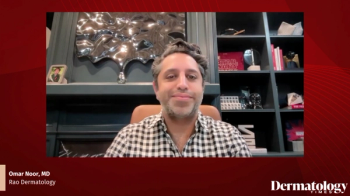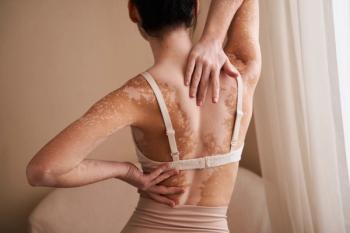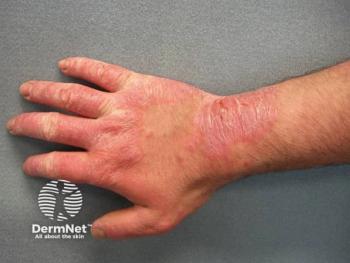
Living Evidence: Long-Term Benefits of HS Clinical Trial Enrollment
Key Takeaways
- Chaquira Andrade's HS diagnosis took a decade, highlighting the challenges of misdiagnosis and limited access to specialized care.
- A comprehensive treatment plan, including deroofing surgeries and a clinical trial, significantly improved Andrade's HS symptoms.
Andrade's inspiring journey highlights the challenges of HS and the transformative impact of clinical trials.
For many patients living with hidradenitis suppurativa (HS), the road to diagnosis is long, isolating, and emotionally taxing. For Chaquira Andrade, a 29-year-old social worker from New York City, that journey spanned a decade and over 40 emergency room visits before she met a clinician who would give her answers, and change the trajectory of her life.
HS first appeared when Andrade was 15, shortly after she began shaving. Painful nodules emerged under her arms and in the groin area, quickly multiplying. “It was very unpredictable… you can start off with 1 nodule and in just a few days… it’s 5,” she recalled. Without a diagnosis, Andrade blamed herself—changing soaps, clothes, and diet in a futile attempt to control the flares.
As the child of a single immigrant mother, Andrade faced both financial constraints and a language barrier that limited her access to specialized care. Emergency departments became her only option. “For someone suffering without answers, I was doing it to be believed,” Andrade said of the meticulous paper trail she kept from each visit. Despite her persistence, she remained undiagnosed until 2020, when a dermatologist recognized her advanced stage 3 HS within minutes. “It was like closure… I finally knew this was not my fault,” Andrade said.
Her new clinician initiated a multi-pronged treatment plan: topicals, antibiotics, and eventually 9 deroofing surgeries. These procedures, which remove the inflamed tissue and sinus tracts of HS lesions, gave Andrade significant relief. “After the healing stage, I could lift up my arm… I could sit down… I could do so much more,” she said. Still, her provider cautioned that HS was incurable and suggested a clinical trial.
Andrade embraced the opportunity. “If you think this is going to help me… I’ll do it. I believe in you,” she told her care team. The blinded trial involved biweekly injections; at first, she didn’t know whether she was receiving the investigational drug or a placebo. Over time, her symptoms improved dramatically. “I don’t have any more leakage. I’m not depressed. I’m not as limited as I used to be,” she said.
Her participation in research also deepened her understanding of HS and inspired her to advocate for others. Initially hesitant to talk about her condition publicly, she realized how important it was to build community. “I’ve been looking for you guys all my life,” she told fellow patients when she attended her first HS Summit.
In November 2024, Andrade received news that the trial drug—bimekizumab (Bimzelx; UCB)—had been FDA-approved for HS. “I told everyone I was getting better… this is going to change so many people’s lives,” she recalled. Soon after, she became part of the drug’s national advertising campaign, using her story to inspire others to seek care, consider clinical trials, and believe in the possibility of improved quality of life.
Reflecting on her journey, Andrade emphasizes the importance of a supportive clinician-patient relationship. “All we need is hope. That all started from the trust and the support that I built with that dermatologist,” she said. Her advice to young patients is simple but powerful: “Never give up… one day, somebody’s going to see you for who you are.”
For more on
Newsletter
Like what you’re reading? Subscribe to Dermatology Times for weekly updates on therapies, innovations, and real-world practice tips.



















